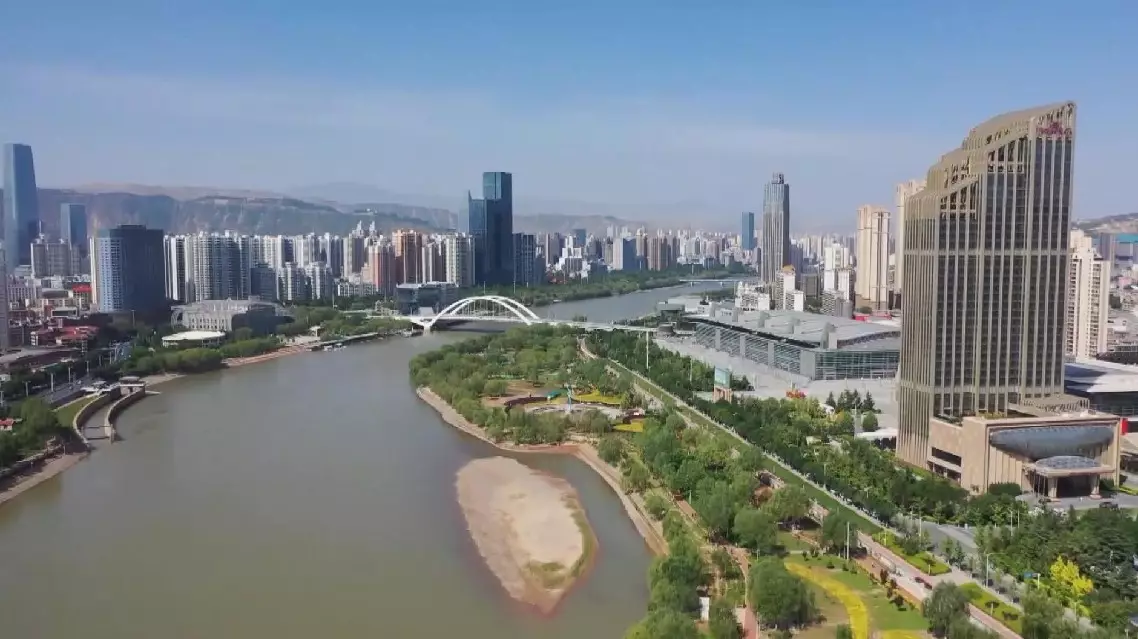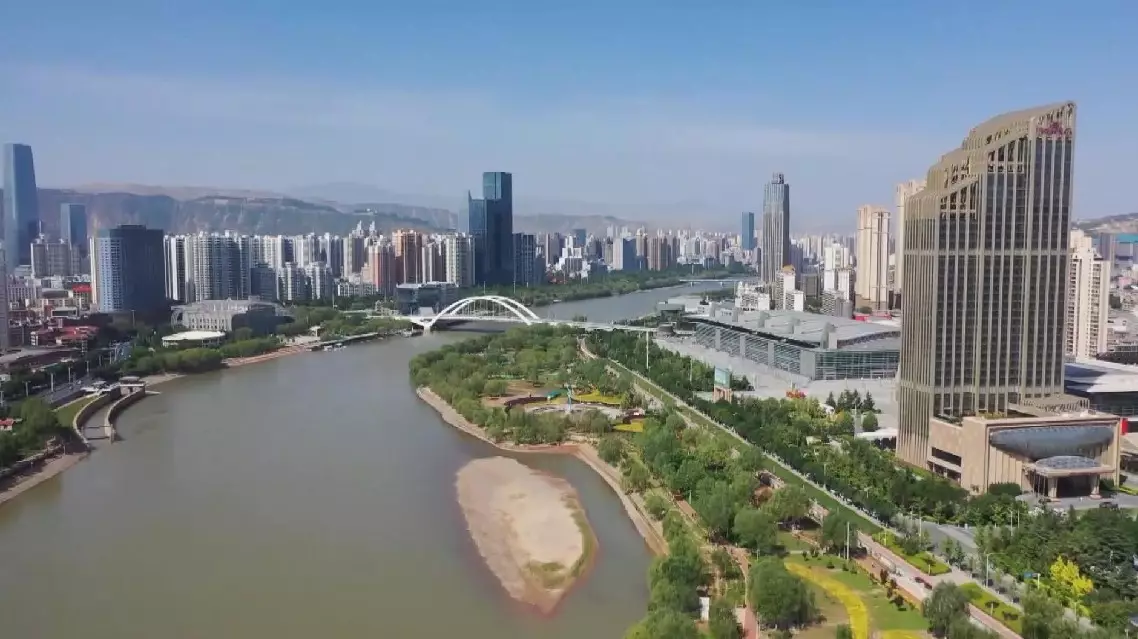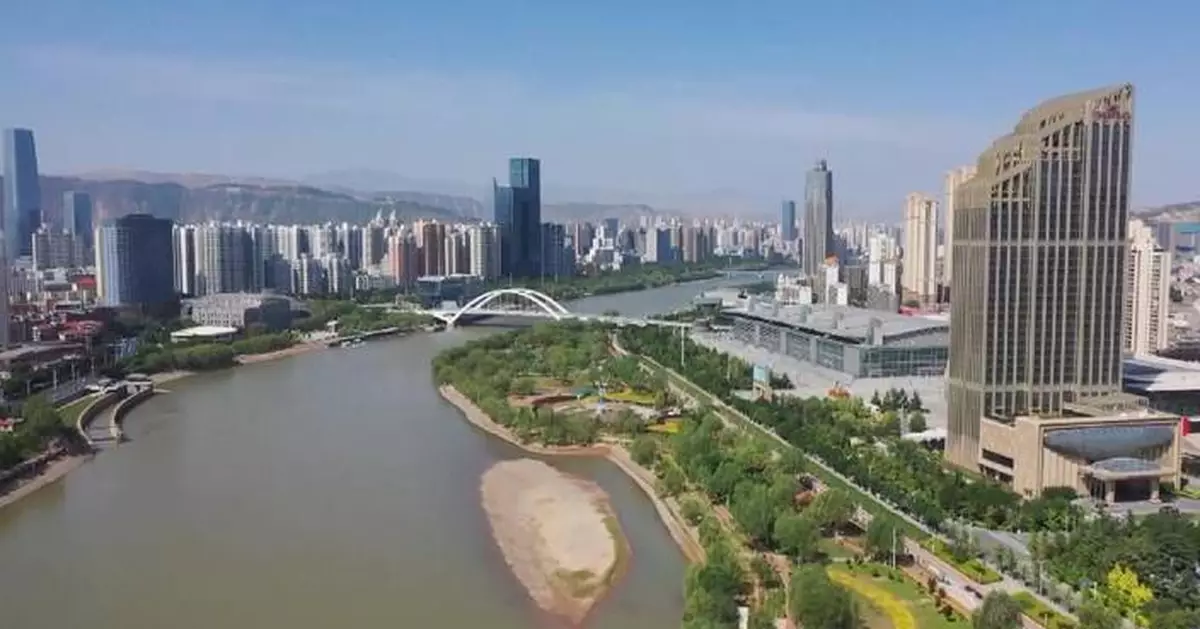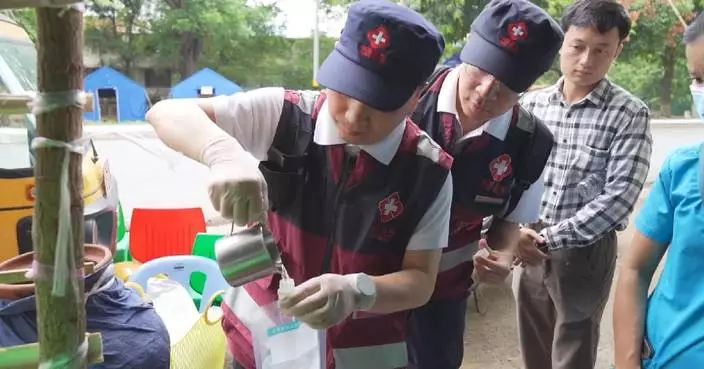Sitting on the banks of the Yellow River, Lanzhou, the capital city of northwestern China's Gansu Province, has seen significant improvements in the water quality and ecology of China's "mother river" in recent years.
The Yellow River is the second-longest river in the country, originating on the Qinghai-Xizang Plateau and running 5,464 kilometers. The river supplies water to 12 percent of China's population in more than 50 cities and irrigates 17 percent of the country's arable land.
China has prioritized the ecological protection and sustainable development of the Yellow River basin as a key national strategy.
In 2023, Gansu rolled out regulations to build a comprehensive ecological monitoring network across the river basin area within the province. It also partnered with another four provinces along the upper and lower reaches of the river to strengthen joint efforts in preventing and controlling water pollution in the basin.
Lanzhou, the only provincial capital city in China through which the Yellow River flows, boasts a number of riverbank parks where residents can relax and unwind.
At one of these parks, which now has colorful public spaces and fitness equipment, locals can be seen strolling for relaxation. They recalled that this area used to be a sewage treatment plant with a foul smell. Since 2019, when the old plant was relocated underground, the area has been transformed into this attractive public park.
"Construction began with the erection of color steel houses, and this area transformed into a park in a short time," said one resident.
"Now, there's no sewage or foul smell in this place," said another.
Beneath this park, at a depth of 18 meters, is the Anning sewage treatment plant, currently the largest underground sewage treatment plant in northwest China. The huge plant has 32 treatment rooms and three production lines which can process nearly 300,000 tons of domestic sewage per day.
The new plant features fully automated devices, with nearly 2,000 data sensors installed in its underground distribution boxes, which ensures all data can be collected in real time and sent to the central control room.
"Workers are not needed on site. The control room can oversee the equipment operation within our distribution boxes," said Xiang Lizhong, a staff member at the plant.
The underground sewage treatment plant is prepared for the future, serving the local population of 800,000 with upgraded technology and elevating the quality of treated sewage from grade B of Class I to grade A, according to the national wastewater discharge standards.

Lanzhou's Yellow River protection efforts pay off with improved water quality, ecology

China's "mother river" focus of concerted efforts to improve water quality, ecology




















































